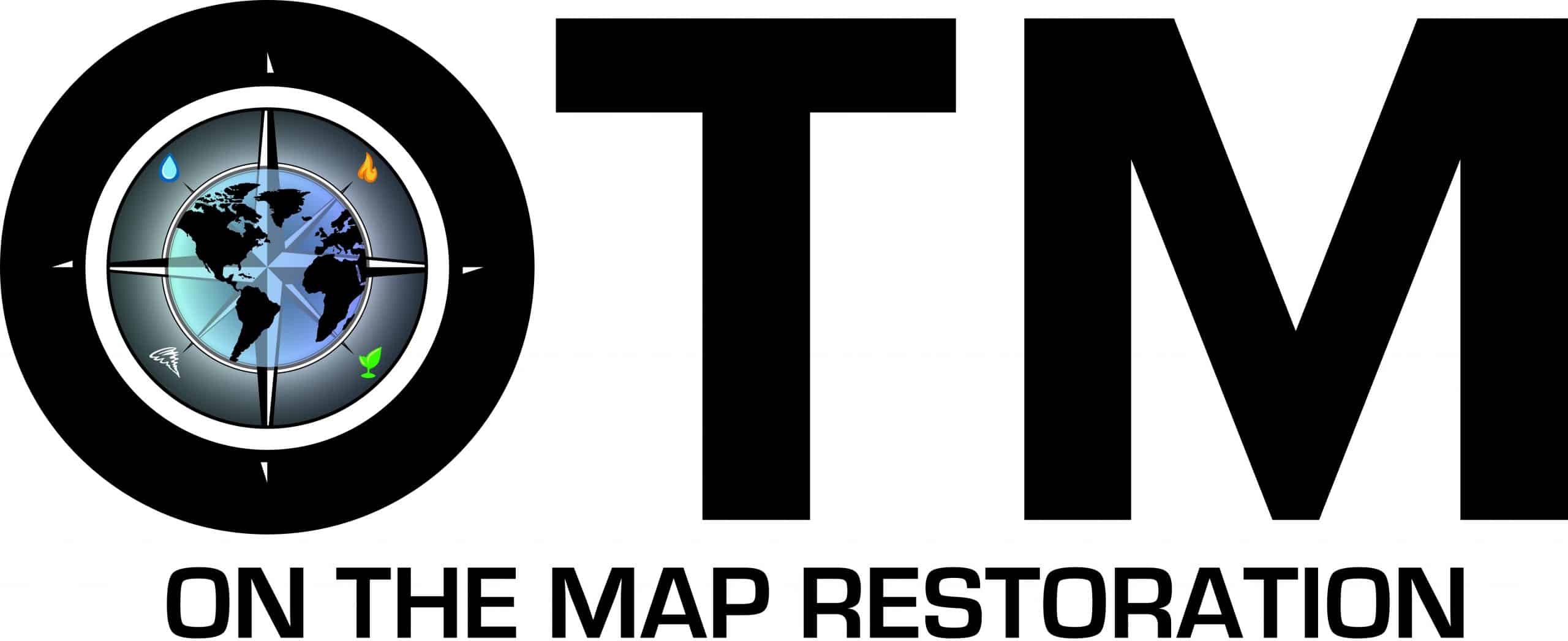Natural storms can come on quickly and suddenly and can inflict a wide range of damages. Some potential dangers may not even manifest until after the storm is over. It can be confusing to sort out what to do once the storm has passed. This is true especially if you’ve never experienced one before. Certain precautions should be taken to avoid inflicting further damage to your property or loved ones. Below is a list of what to do after a storm:

1. Do Not Use Wet Electrics
This may seem obvious but it is incredibly important not to forget. You may need to wait for an electrician or other certified professional to check out your power’s main breaker and declare that it is safe to use. If you were not able to shut off the power before a storm, exercise the most caution when attempting to shut off the power after the storm. Never wade into waters that are touching the breaker and try to use a non conductive reaching device, such as a long piece of wood to shut off the main.
2. Avoid Power Lines
A storm might damage power lines and cause them to become a hazard. Be sure to avoid power lines that may be hanging. Contact a local power company to come out and make the area safer if need be. This can protect against electrocution and other forms of property damage. Be prompt about contacting a power company to have this taken care of without delay.
3. Protect Against Infection From Injuries
The chances of suffering an injury is much greater directly following a storm. Many injuries and wounds are caused by damaged property and infection can follow quickly. It is not uncommon to want to assess any damage to your community or area but standing water can mysteriously house jagged objects, sinkholes or other compromising situations that are best avoided. Flood water or standing water can also be contaminated with chemicals or sewage. If injuries do occur, it is best to get first aid assistance as soon as possible to guard against infection.

4. Drink Clean Water
Even when there is water all around, it is important to find safe sources of drinking water. Water may need to be boiled to prepare it for drinking or bottled water may need to be utilized. Be sure to pay attention to local reports on the safety of drinking water before using for baby formula, brushing teeth, making ice, washing hands or preparing food. Water that is unsafe for drinking will have a distinct odor or perhaps be a strange color.
5. Guard Against Pests
Storms can cause large pools of stagnant water to form and it is common knowledge that these pools are breeding grounds for mosquitoes and other pests. Wear clothing that covers arms and legs entirely and use chemicals to protect against pests, like DEET during the interim.
6. Protect From Carbon Monoxide Poisoning
Because it can neither be seen nor smelled, carbon monoxide is an insidious hazard. It is caused by equipment that runs on burning fuel, like generators and camp stoves. Be sure to use these pieces of equipment in well-ventilated areas, For best results, keep them outside. If this gas builds up in your home, it can cause death.

7. Take Care of Mental Health
When recovering from an ofttimes tragic event like a natural storm, it is natural to experience strong emotions. It is important to have a strong support network that can help with coping with the emotional damage as well as the physical damage. It is important to build a strong sense of community and have people on whom it is safe to rely.
Understandably, after a natural storm and storm damage, you will want to resume back to your normal life and fix any damage to your property as soon as possible. Depending on the severity of damage, a storm damage restoration company may be a worthwhile option to help professionally clean up, make any necessary repairs or complete any remediation that may have been incurred. And it is most important to remain safe and keep loved ones and employees out of harm’s way on the road to storm recovery.
For more info or to schedule a consultation contact us today at 800-416-5986

